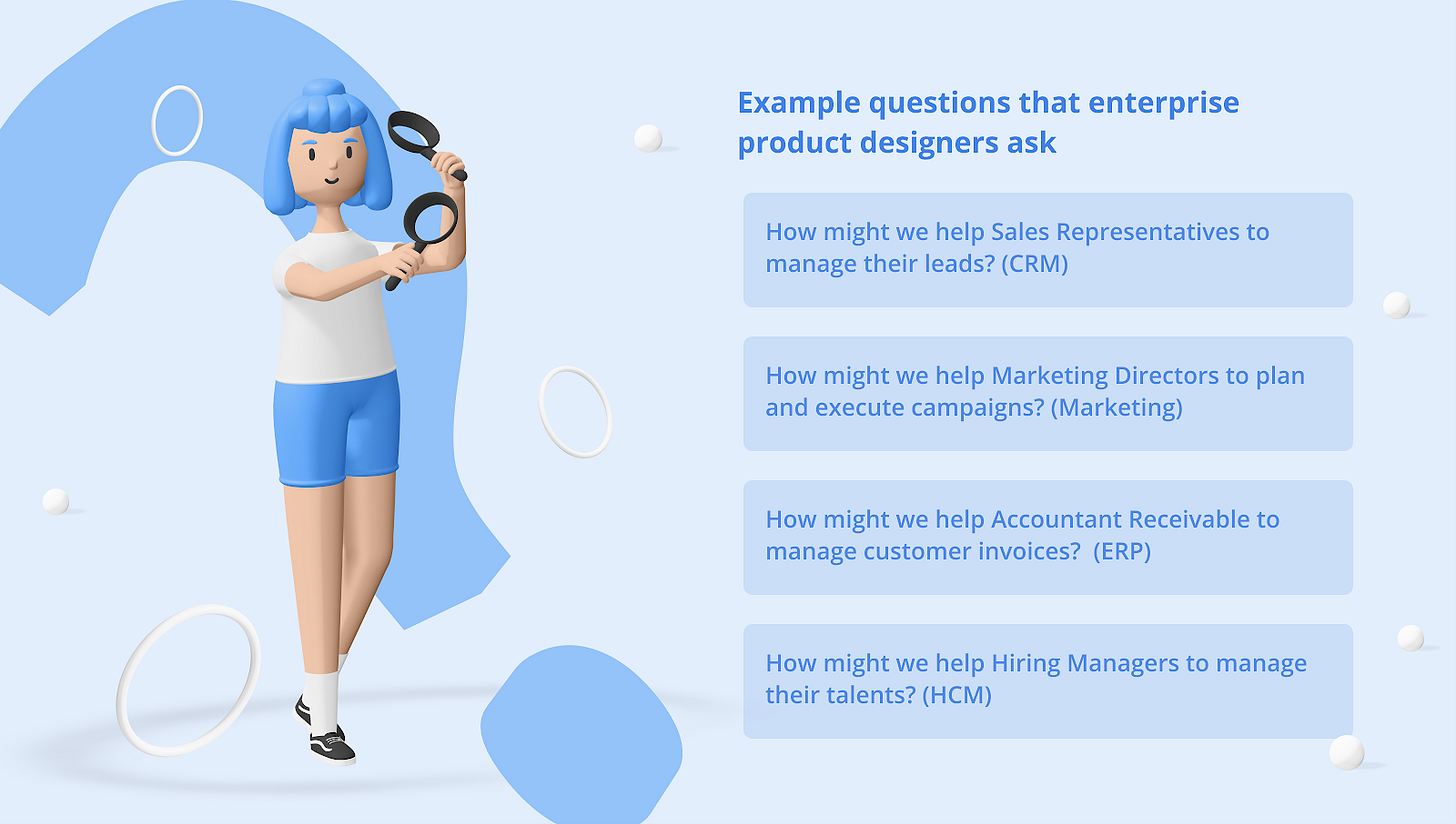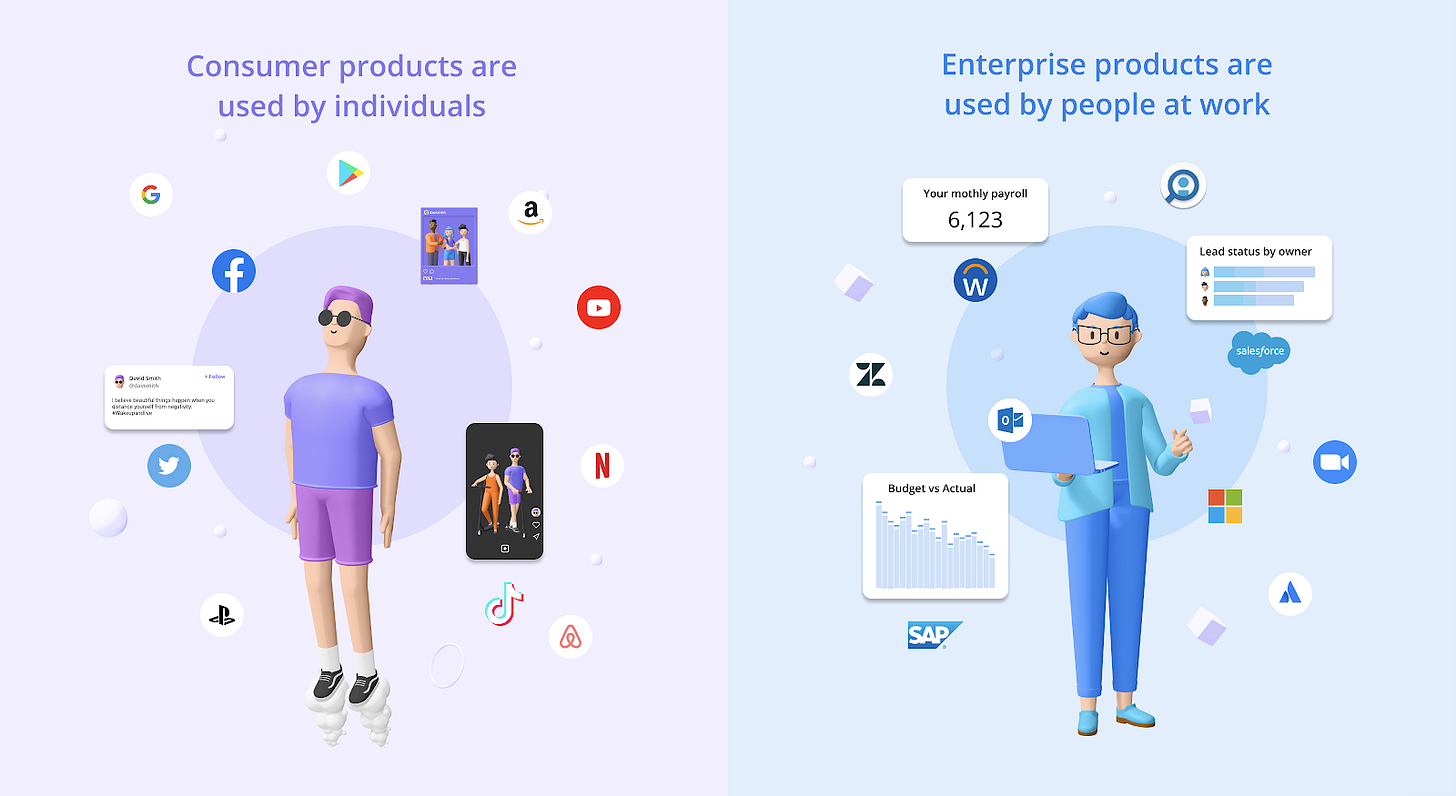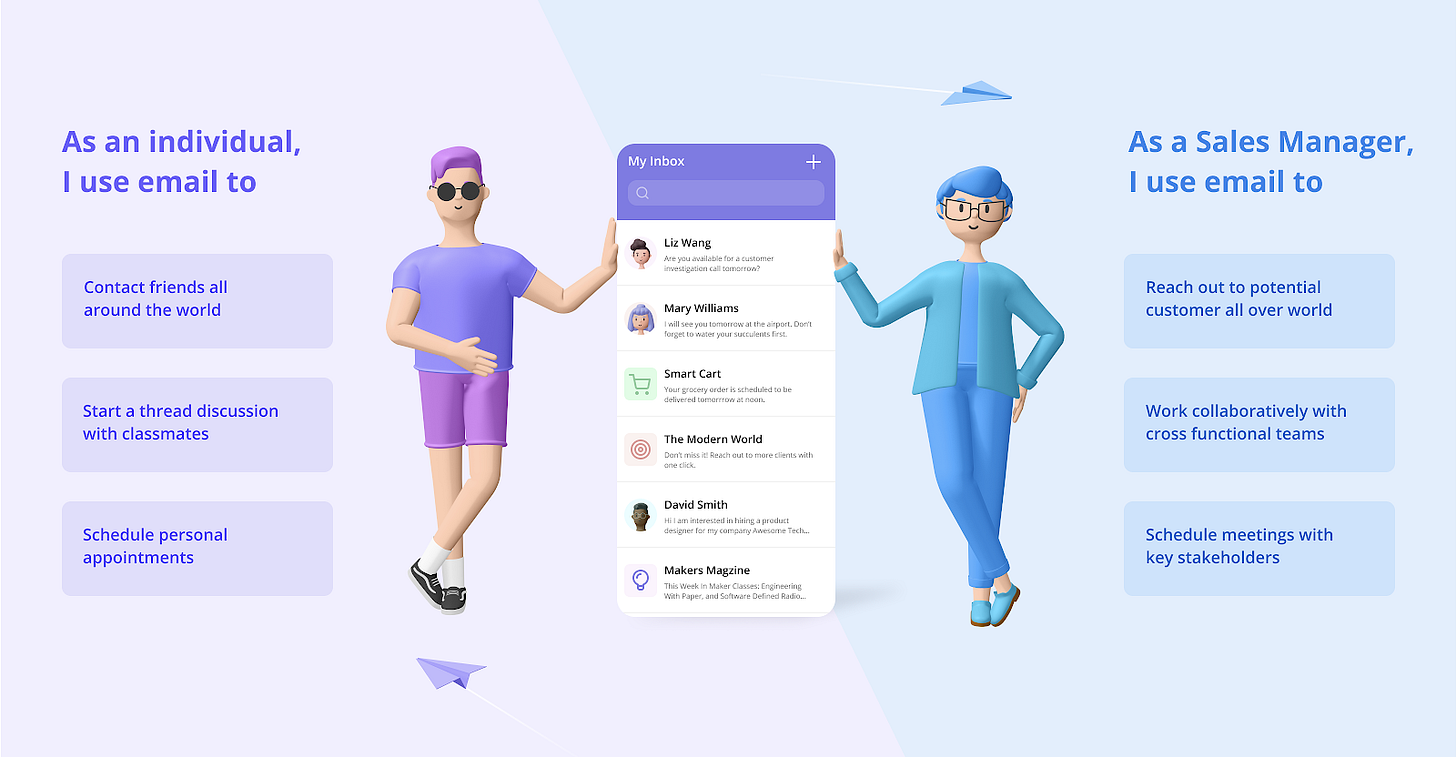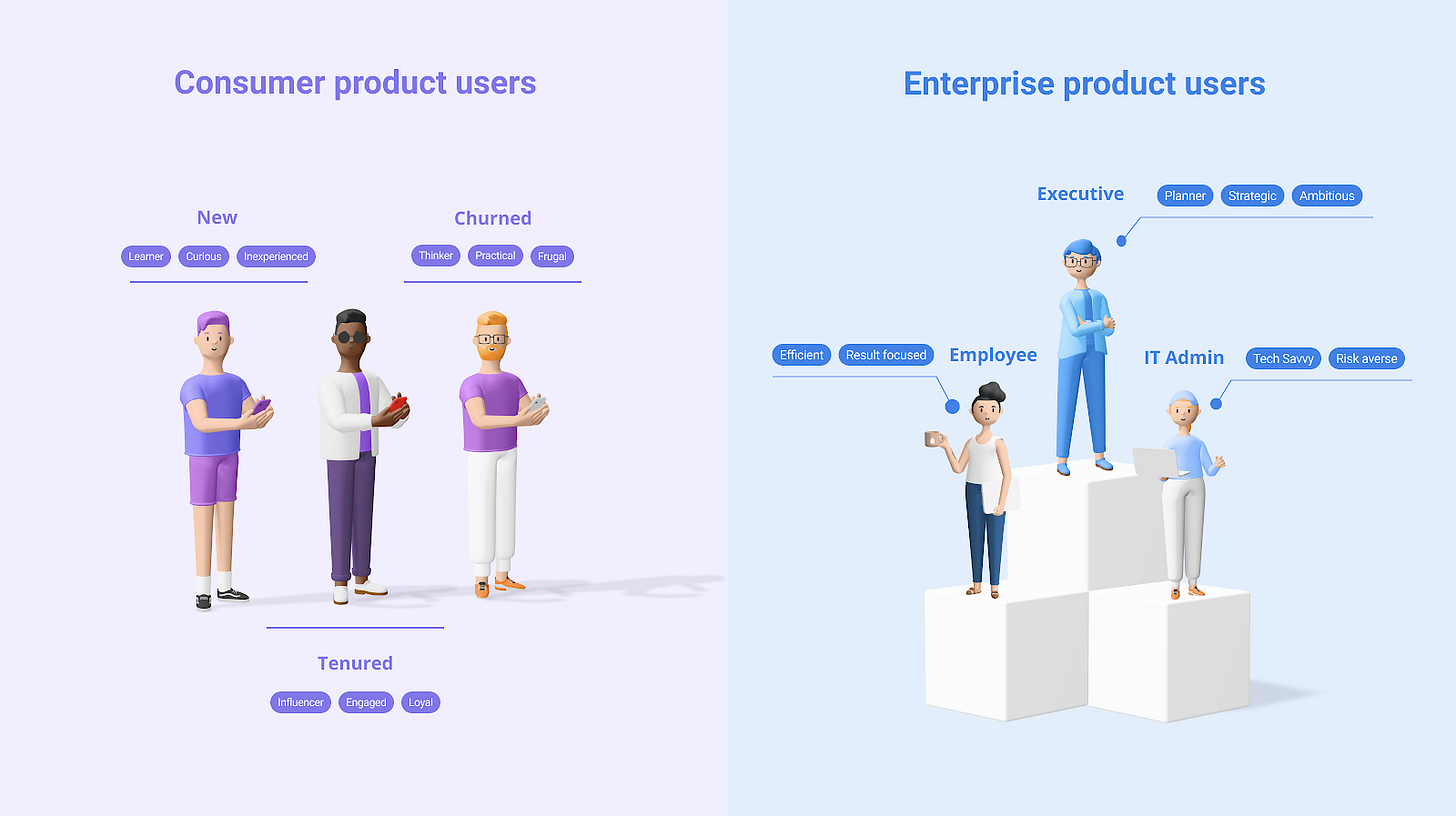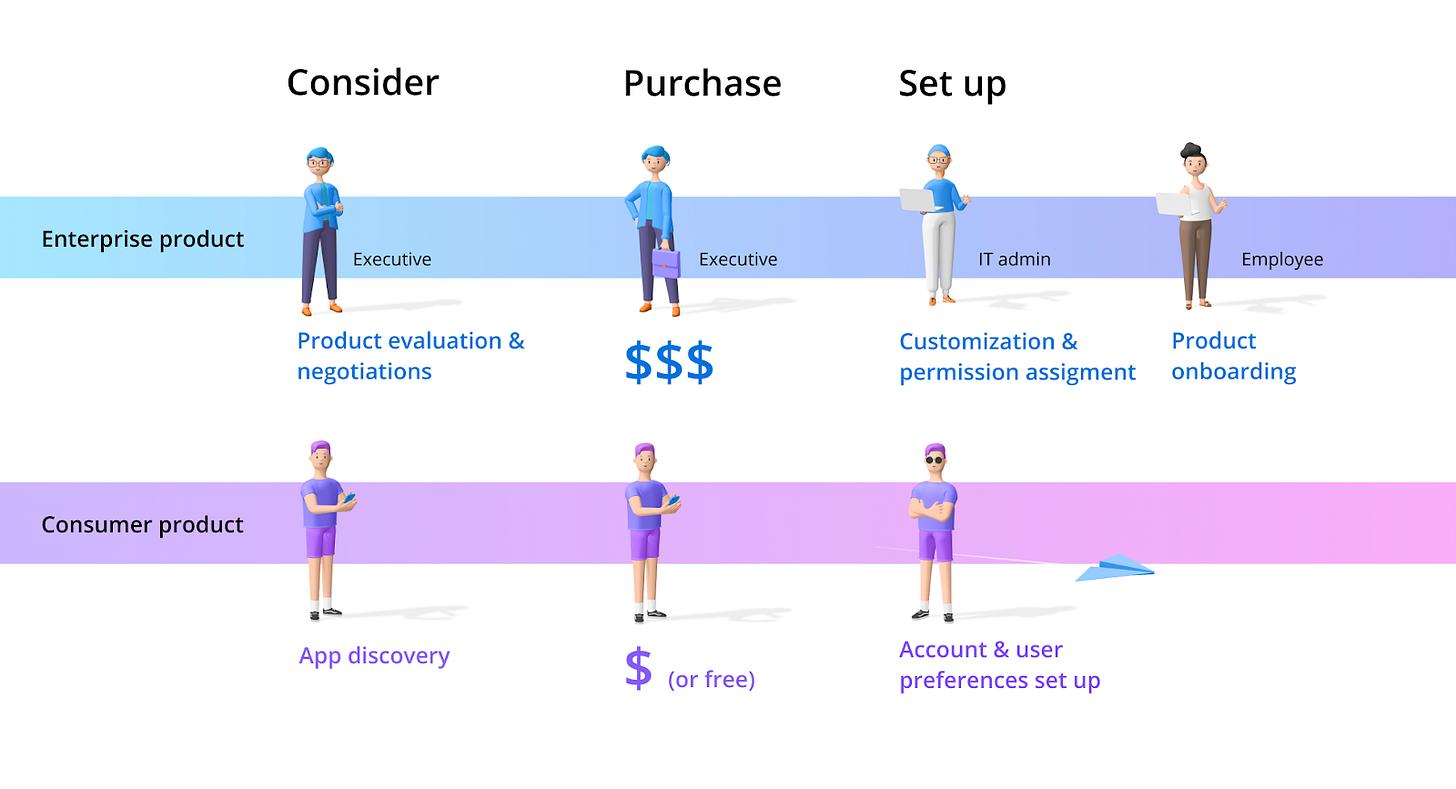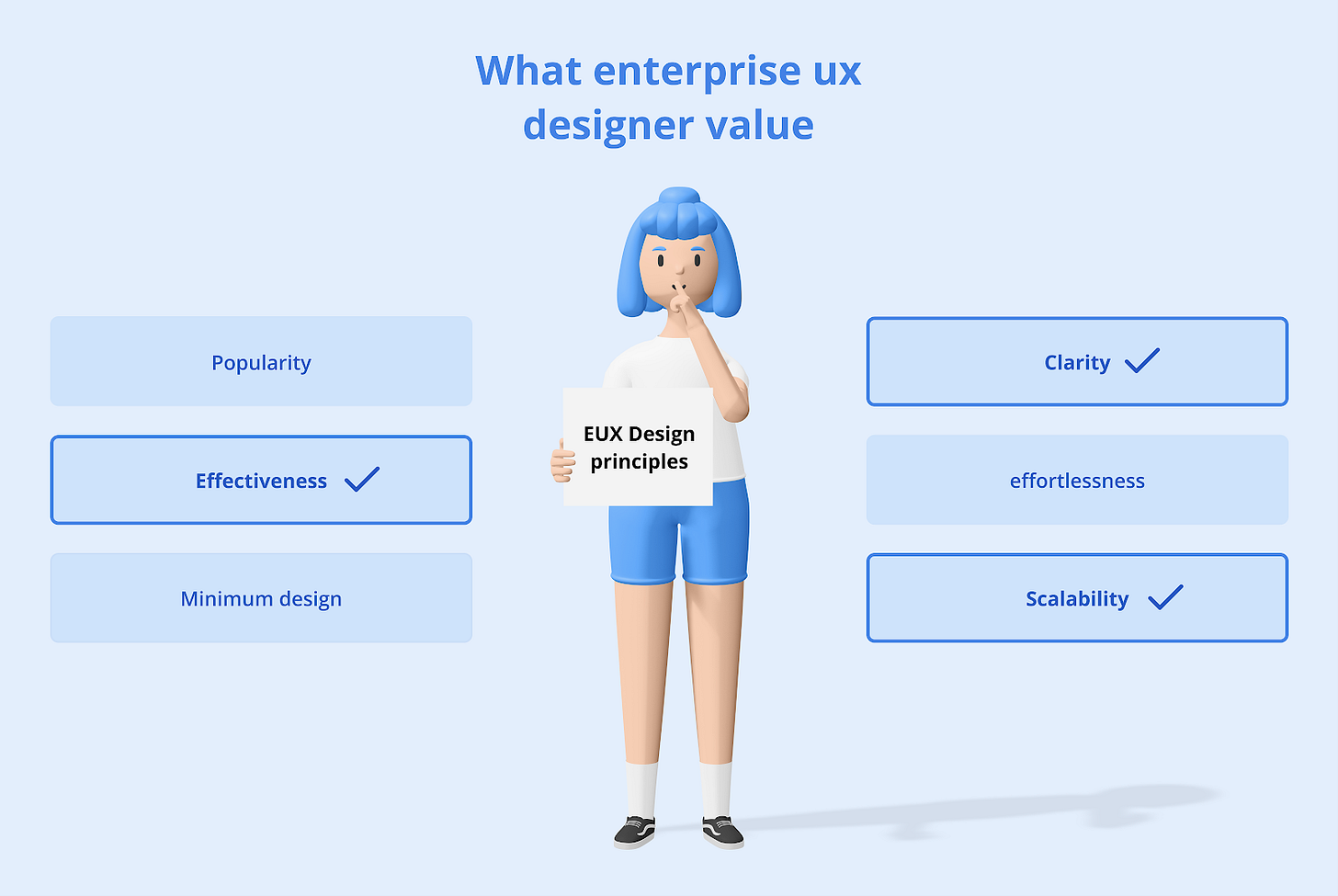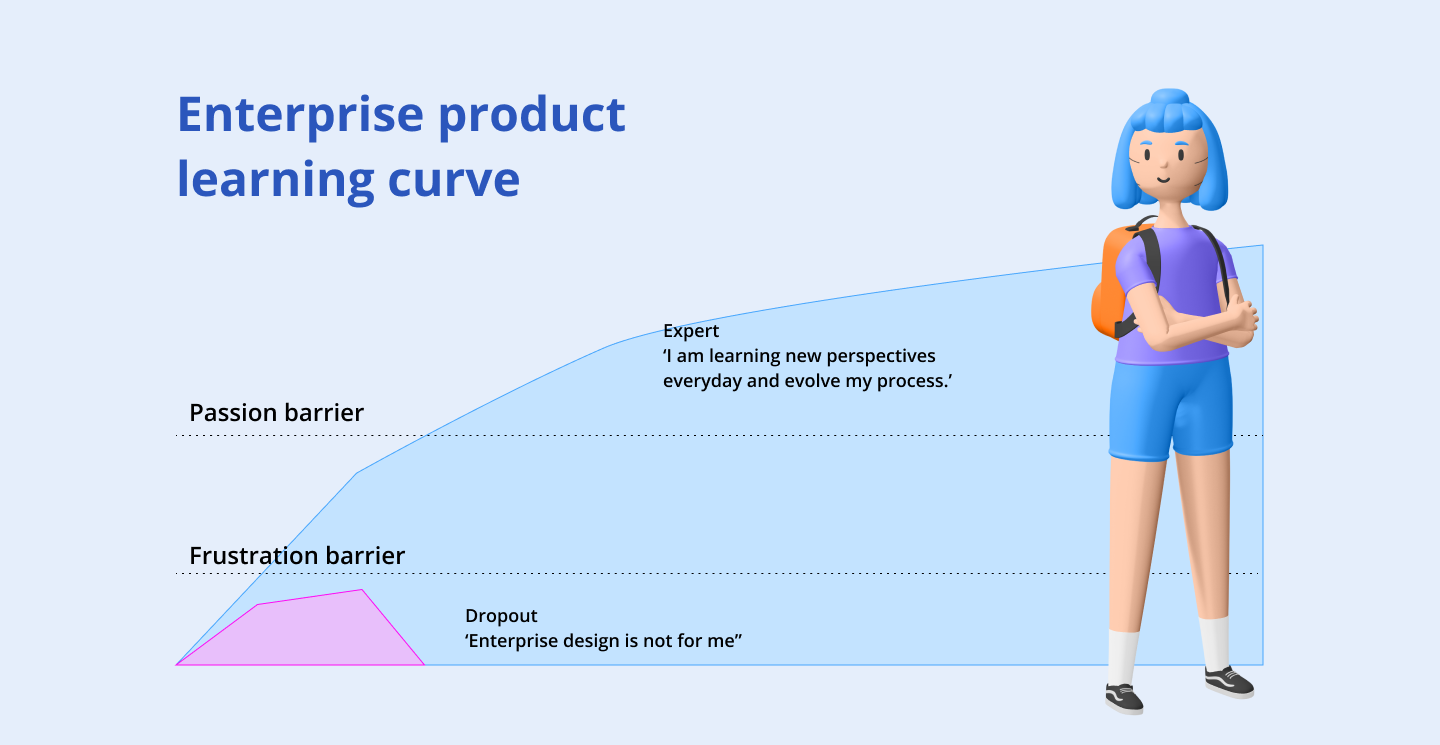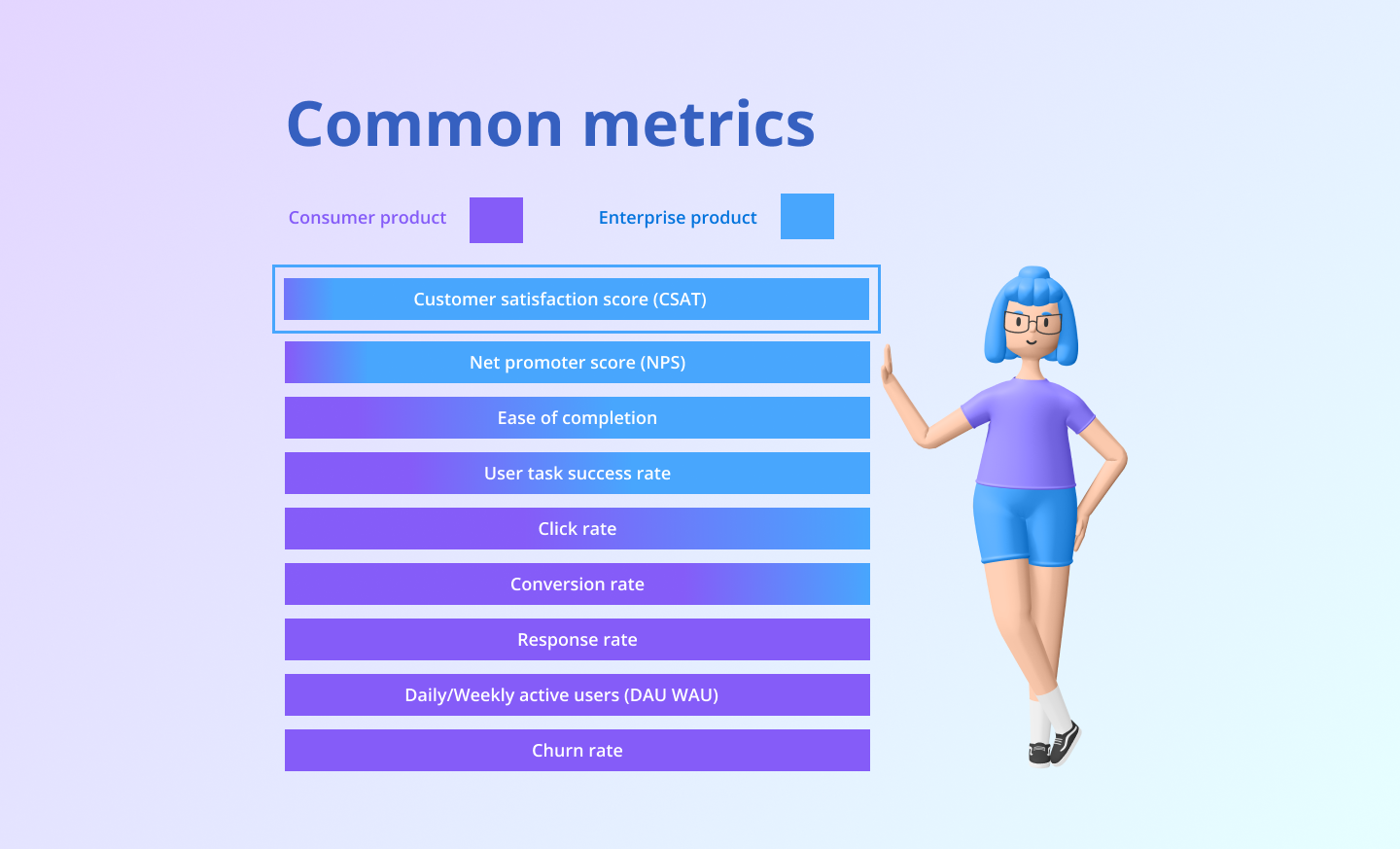Have you ever wondered what’s behind the scenes at retail stores, warehouses, hospitals, or airports? Were you curious about what it is like to live the life of a Sales Representative, Demand Planner, Registered Nurse, or Air Traffic Controller?
Working as an Enterprise UX designer, I have got some precious opportunities to look behind the curtain and see how others work. I have stepped into warehouses, observing how forklift drivers transport packages. I have also sat in a boardroom, listening to a group of c-level executives talking about their business needs.
My journey started from an interview 6 years ago.
“Will you be interested in working on our CRM products?” asked my hiring manager from Oracle. “What is CRM?” I hear myself asking with a trembling voice, scared that she would judge me on this silly question.
Luckily, she didn’t. She smiled for a little bit and then explained with a patient voice. “It is a Customer Relationship Management product that enables companies to close deals faster by bringing conveniences to their sales team.” “Sounds cool, I am interested in it!”
I had no idea about CRM. However, I was blindly enthusiastic about it. Since then, I started diving deep into different product areas, including sales, marketing, human resources, logistics, and finance.
As much as I love my job, looking back, there are a few things I wish I knew that can help me
better prepare for job interviews
ask right questions during the first project kickoff
quickly understand customer expectations
Here is what I want to share.
What is an enterprise product?
Today, products are labeled as “Consumer” or “Enterprise” according to its end-user. An app that helps a Sales Manager to manage his clients is enterprise software; an app that helps you track your personal contact is consumer software.
Some products can be either. For example, email, if the end-user uses it to connect with a friend, it is a consumer product. If the end-user uses it to contact clients or colleagues at work, it is an enterprise product.
Who are enterprise product users?
Consumer product users are individuals. Product designers usually focus on three areas: growing new users, engaging tenured (existing) users, retaining churned users. Specifically, to retain users, consumer-facing products like Twitter, Facebook, Amazon need to help users create habits that stick. Nir Eyal described this in his book Hooked as “hook cycles,” which enables these products to reach their ultimate goal of bringing users back again and again.
Unlike consumer products, enterprise products would categorize users based on their professional roles. Normally, enterprise products should consider roles like employees, executives and IT admins. Employees usually are the primary users, they use enterprise products to get the work done. Executives, on the other hand, focus on planning, business operations, and result reporting. Furthermore, enterprise products would also include a lot of Admin features to allow customization and configurations.
How do enterprise customers buy products?
Consumer users can simply download any app they want from app stores. But things are much more complex for enterprise customers. Enterprise applications could be expensive. On average, a CRM system can cost $300 per user per month, that is $300,000 per month for 1000 employees. Executives teams can spend months consulting and negotiating before signing a deal.
To meet customers’ unique needs, it is common for sellers to help customers set up or customize their systems. I once worked on a data backup application. Tech companies use it to store their employees’ documents, while hospitals use it to store the patients’ health history. Customizations are provided based on their different requirements on the security level, backup time, and restoring time.
Traditionally, employees can only use what they are given. Today, with more and more employers focusing on their employees’ experiences, designers are empowered more than ever to make the employees' voices heard.
What is enterprise UX?
“It is the design of products for people at work” - UX matters
In general, there are two types of enterprise UX design jobs. Some designers work on internal tools, providing solutions for employees in their own company. Many others, like myself, work on B2B software that our company sells to other companies.
The ultimate goal of an enterprise product design is to help employees be successful at their job, enterprise user experience design tends to value “clarity” over ”popularity”, “effectiveness” over ”effortlessness”, “scalability” over “minimum design”.
Should you consider a career in enterprise UX?
Enterprise product design is not for everyone. Here is what you want to consider.
You have a growth mindset
Enterprise product designers are always in a learning mode. Before you can design for any enterprise products, the first task is always about picking up an unknown professional domain as quickly as possible. Basic questions enterprise product designers need to understand include:
What is users’ day to day like? Are they different based on the role?
What makes them successful in each of their job roles?
What makes the business profitable?
The learning curve can be steep for the first 3-4 months. It will get better as you got familiar with the context, but you need to keep learning as an enterprise designer. As a matter of fact, after 3 years of designing for marketing products, I still find myself learning new perspectives every day.
You are comfortable facilitating cross-functional collaborations
Enterprise product designers work with stakeholders including product managers, engineers, content providers, field sales, marketing managers as well as customer support advisors. Regular design reviews with stakeholders are hosted to collect feedback and address concerns from all perspectives.
Keeping everyone aligned can be another challenge. So part of the core job of an enterprise designer is to be the glue that holds the entire team together.
You are ready to fight for your users
Consumer products are measured by metrics like click rate or churn rate, assuming that users will pop in and out. This also gives consumer app designers a chance to fail fast and iterate fast.
Enterprise products are purchased by business owners. Employees don’t always have a choice. To ensure that users' voices are heard, as an enterprise product designer, it is your job to represent them.
Customer success = Employee satisfaction + Business success
In the product development process, designers need to find a solution that can bring both employee satisfaction and meet business needs. In the cases where the solution is optimized for business instead of users, you will need to fight for them.
Final thoughts
Now marks the sixth year of my journey. The honeymoon glow faded and the reality became clear. As an enterprise product designer, I no longer chase for any wildly creative visual concepts. The ultimate goal is simple - providing practical solutions that help people be successful at work.





